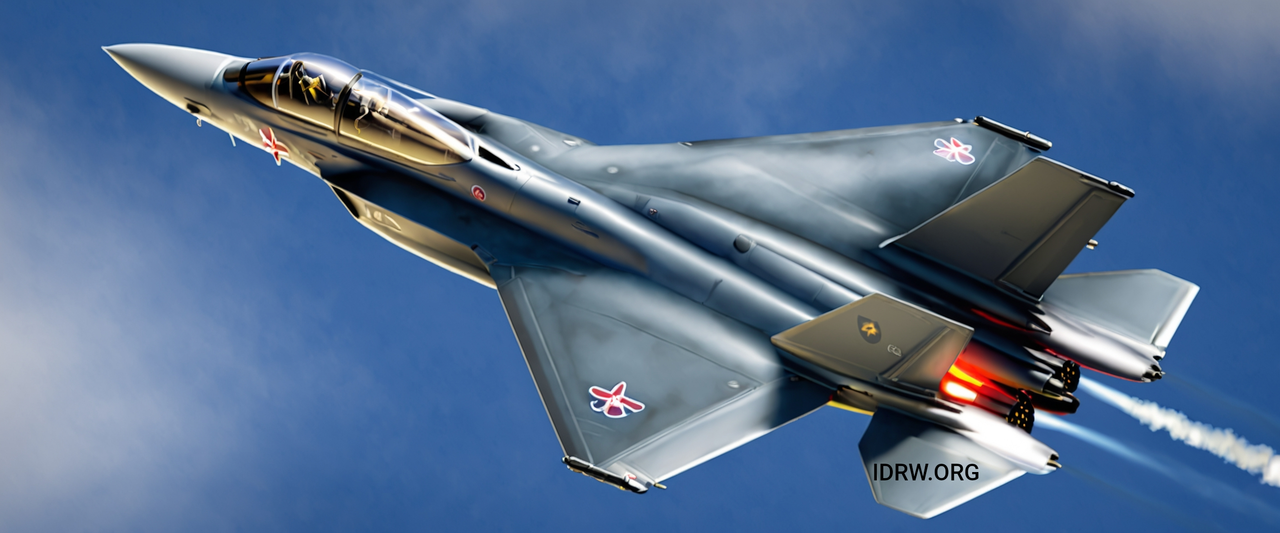SOURCE: RAUNAK KUNDE / NEWS BEAT / IDRW.ORG


The Advanced Medium Combat Aircraft (AMCA) project, India’s ambitious attempt to develop an indigenous fifth-generation stealth fighter jet, is currently estimated to require an initial budget of ?15,000 crore ($1.8 billion). Spearheaded by the Aeronautical Development Agency (ADA) in collaboration with Hindustan Aeronautics Limited (HAL) and other key industry partners, this program is critical to the Indian Air Force (IAF) for future air combat capabilities.
However, high-ranking official sources close to idrw.org believe that the initial allocation will likely be insufficient for the full development and production of the aircraft, especially considering the technological and infrastructure challenges.
Despite the considerable effort put into the project, achieving fifth-generation standards like those found in the F-35, Su-57, and Chengdu J-20 will require significant funding well beyond the current ?15,000 crore ($1.8 billion) budget. To date, no nation has successfully developed a fifth-generation aircraft within such a limited financial scope said an official to idrw.org.
Based on global examples and current trends in aircraft development, industry estimates suggest that the entire lifecycle cost of the AMCA program could surpass ?50,000 crore ($6 billion) to ?60,000 crore ($7.2 billion), or even more. This includes not just research and development, but also prototype testing, Engine development, production infrastructure, and the eventual large-scale production of operational units. Here’s a breakdown of major cost components:
Research and Development (R&D): Fifth-generation technology involves significant research in avionics, stealth coatings, engines, and materials. The initial ?15,000 crore allocation will primarily cover this phase, but further infusions of capital will be necessary for the development of advanced systems, integration, and ensuring stealth capabilities.
Prototype Development and Testing: Constructing prototypes and conducting testing, which involves extensive flight trials, wind tunnel testing, and performance evaluation in various environments, can cost billions. The F-35 program is an example, where flight testing and evaluation were a major part of the cost, raising the overall expenditure.
Engine Development: A fifth-generation aircraft requires engines with supercruise capabilities and high thrust-to-weight ratios. The AMCA is expected to use the GE F414 engine for the first few batches but will eventually require an indigenous 110kN engine that meets its specific performance needs. Developing this domestically, as India hopes to do, will be resource-intensive and costly.
Stealth Technology and Materials: Developing advanced stealth materials, radar-absorbing coatings, and maintaining low observability (LO) features involves specialized materials and techniques. These contribute to significant costs throughout the development, as well as during production and maintenance.
Weapons and Avionics Integration: The AMCA will be equipped with cutting-edge avionics, including advanced radar systems, electronic warfare capabilities, and network-centric warfare technology. This aspect alone requires substantial investment in technology and integration with India’s evolving military systems.
Production Infrastructure: Beyond the development phase, establishing dedicated production lines capable of mass-producing the AMCA and its components will require billions of dollars in investment. This includes the development of specialized facilities, tooling, and workforce training.
Full-Scale Production: Once the aircraft completes the testing and development phases, serial production will require a considerable investment in procurement, logistics, and supply chain infrastructure. The F-35 program, for example, has involved a combination of government and private industry funding across multiple countries to meet its production goals.
NOTE : Article cannot be reproduced without written permission of idrw.org in any form even for YouTube Videos to avoid Copy right strikes. Websites doing illegal reproductions will get DMCA and Legal Notices.